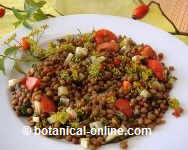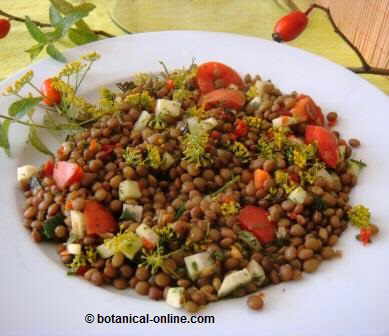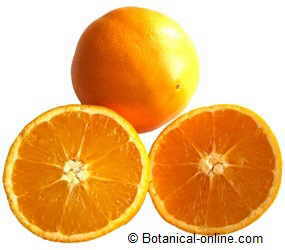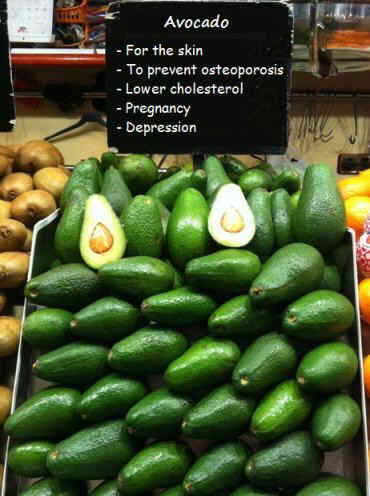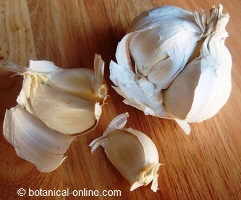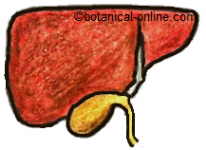Contents
Causes of gases produced by legumes
Do legumes really produce a lot of gas?
Legumes are very interesting natural food foods because they provide energy as well as great nutritional value, with many proteins, minerals and vitamins. They also contain a lot of fiber, an interesting component to improve intestinal flora, avoid constipation and lower cholesterol.
In spite of their properties many people are reluctant to eat legumes because they say this kind of food makes them very flatulent.
No, legumes do not have to produce much flatulence, it is normal to tolerate them well.
The organism has to get used to legumes
People who do not habitually consume legumes may experience gas when they begin to consume them daily or more frequently. Certainly, a possible cause of flatulence of legumes may be that the body is not used to consuming them.
It may happen that, if you do not eat legumes usually, at the beginning, when you increase their consumption, there will be a little more gas.
- As more legumes are consumed, the intestinal flora adapts and they no longer cause so much flatulence.
Other reasons for legumes to be flatulent
Lentils salad. Well cooked legumes, specially chickpeas, peas and lentils, do not necessarily have to produce gases
There are two main reasons for legumes to be flatulent:
- You are not used to them: As you eat them, they are best tolerated.
- They are not well-cooked: another very common cause of flatulence in legumes is the poor cooking of the legumes. Any legume (or legume flour) badly cooked will produce many gases.In the last case, the most natural remedy is to properly cook the legumes .
Why do poorly cooked legumes produce gas?
The reason why not-well cooked legumes produces gas is because, being raw, it is very difficult to digest. In addition, legumes are very flatulent when they contain antinutrients, which are substances that impede the digestion of the legume.
Normally, the antinutrients of the legumes are completely eliminated with cooking. When not cooked enough, there are many antinutrients in this food , which when ingested, can not be properly digested. Antinutrients inactivate digestive enzymes, which causes some of their proteins and carbohydrates to remain in the intestine almost without being able to degrade.
The arrival of undigested nutrients produces an increase in bacterial fermentation, which is what produces the classic flatulence indigestion of legumes (which, we repeat, occurs only in badly cooked legumes or when you eat a lot of a very flatulent legumes) .
Intestinal intolerance to legumes
In very unusual cases there may be intolerance to some component of the legumes, although the most normal thing is that, taking into account all the comments above, the problem is solved.
If the ingestion of legumes produces abdominal pain or swelling, it is recommended to consult a doctor to rule out any intestinal disease or intolerance.
What legumes are more flatulent?
It is true that some legumes are somewhat more flatulent than others.
- The least flatulent legumes are chickpeas, peas and lentils. These do not usually produce large flatulence problems
- The most flatulent legumes are beans, soybeans and fava beans. It is natural that large plates or rations of these legumes produce gases, although it does not usually occur in moderate quantities.
* More information:
– Remedies for the flatulence of legumes
– How to diminish flatulence in legumes
![]() More information on legumes
More information on legumes

